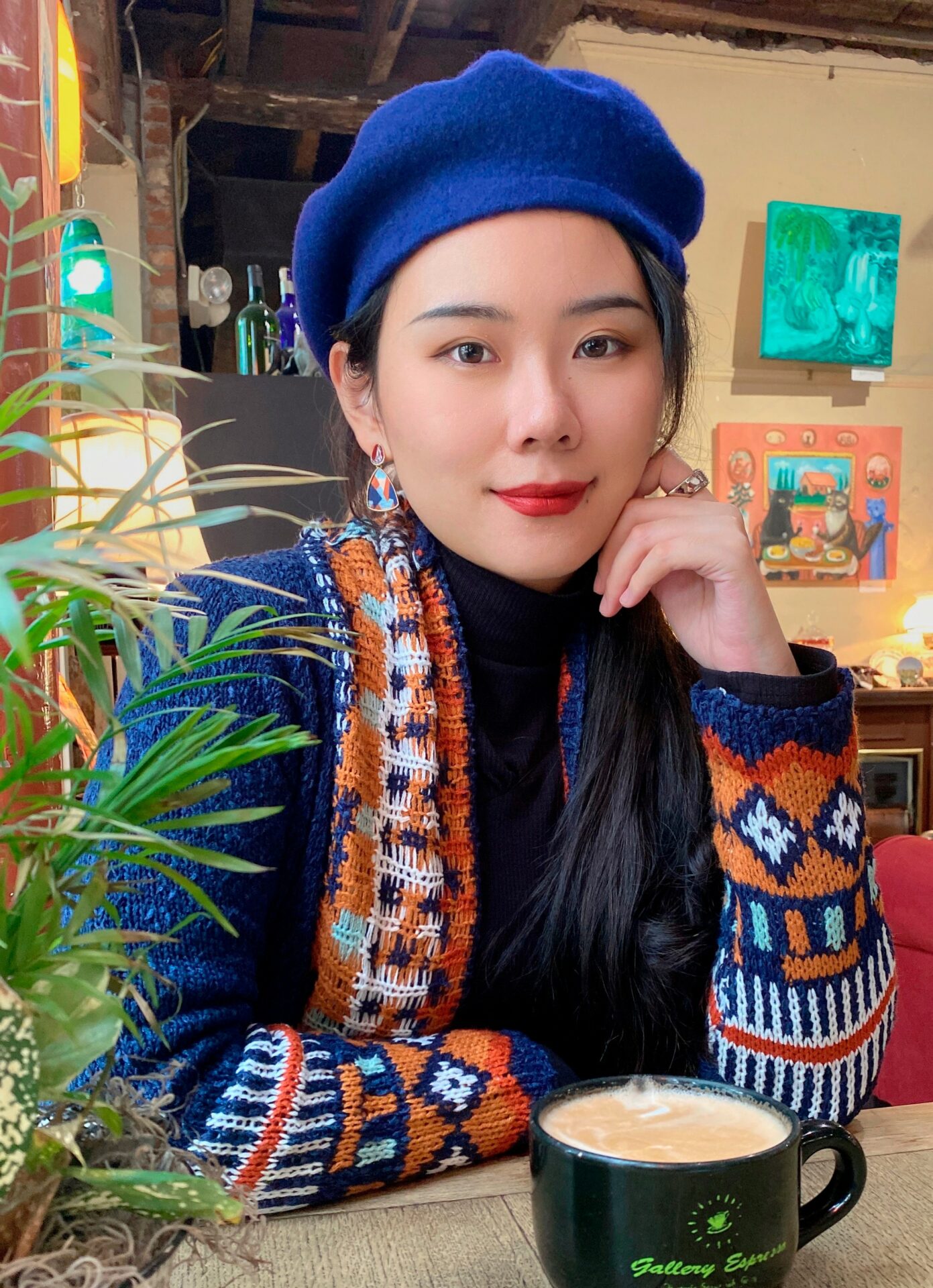We’re excited to introduce you to the always interesting and insightful Xinyi Cao. We hope you’ll enjoy our conversation with Xinyi below.
Xinyi, appreciate you making time for us and sharing your wisdom with the community. So many of us go through similar pain points throughout our journeys and so hearing about how others overcame obstacles can be helpful. One of those struggles is keeping creativity alive despite all the stresses, challenges and problems we might be dealing with. How do you keep your creativity alive?
As an illustrator, creativity is really a significant part of my career life. I don’t think it’s effortless to stay creative, as we often hear complaints like I’m not inspired anymore from people who work in the creative industry. I think it is indispensable to keep creative power by getting inspiration constantly, and my inspiration usually comes from my observation of everyday life. Whether I’m walking through a garden, hearing a song, or reading a book, I like to take pictures or notes of the parts I like, because they can become my creative material and provide me with inspiration. When I don’t know what to draw, I can gain a lot of insights by looking through my notes or albums, and I think this is a crucial way to keep my creativity alive.
Great, so let’s take a few minutes and cover your story. What should folks know about you and what you do?
I am an illustrator and art teacher. I am fortunate to be able to do both professions that I love and both are wonderful promoters of each other. My years of experience in illustration have allowed me to accumulate a lot of practical skills and knowledge, such as how to use various drawing materials and how to create different forms of art. This experience as an illustrator allows me to share more professional knowledge with my students in the classroom. In the process of teaching, observing students’ creations also helps me to find the originality of creation, because children do not understand complicated theories or have mature techniques, but I can often feel a kind of innocence when observing their works, which is exactly what I need to develop in my creations. All in all, I enjoy the feeling that my two identities complement each other.
There is so much advice out there about all the different skills and qualities folks need to develop in order to succeed in today’s highly competitive environment and often it can feel overwhelming. So, if we had to break it down to just the three that matter most, which three skills or qualities would you focus on?
The three skills that I think are most important to influence my career are professional skills, interpersonal skills, and self-analysis. I think professional skills are well understood, and the main criterion for being found is one’s own professional ability. In addition, I think interpersonal skills are also essential as an illustrator, especially for freelance illustrators, knowing how to self-promote and build long-lasting relationships with clients will greatly affect popularity and income levels. Self-analysis may sound very general, but perhaps it can also be explained as a kind of regulation of one’s mind. After all, everyone has pressures from life and work, such as an unsuccessful trial draft, not being selected for a contest or not being interested in what you do. Many people choose not to do something for fear of rejection or failure again, but if they don’t do it they really have no chance of getting results at all. I think the hard shell of a human being is built up after one setback after another. Recently I have started to think that what we define as bad is not necessarily bad, and what is good is not exactly good, and when I look at things from a different perspective I can better balance my mind and continue to do my job.
What has been your biggest area of growth or improvement in the past 12 months?
My life has been turned upside down in the last 12 months. First, I went from being an illustration student to an art teacher, and second, I went from living on the East Coast to the West Coast. Everything has been new, and it’s the beginning of all kinds of challenges. As they say, everything is difficult at the beginning. When I started teaching students, I always taught from the perspective of an adult illustrator and held them to my standards of art, so you can imagine that the feedback I received from my students was contrary to my expectations. Later, when I talked with my colleague and asked him how he could give full play to his strengths in this position, he said that we could not fully use our strengths because the children’s exposure to art was much shorter than ours, and we could only simplify the complex issues as much as possible for them to learn. It dawned on me that I had only been thinking about my own experience in teaching but not about my students’ learning patterns, so I was not able to enjoy teaching nor was I able to make my students understand complex art theories. I think the biggest progress I’ve made recently is that I’ve gradually adapted to my role as a teacher, and I’m able to switch smoothly between thinking about my work as an illustrator and a teacher.
Contact Info:
- Website: https://ninocaoart.myportfolio.com
- Instagram: @blanknk5521
- Linkedin: https://www.linkedin.com/in/nino-cao-434b28230/












